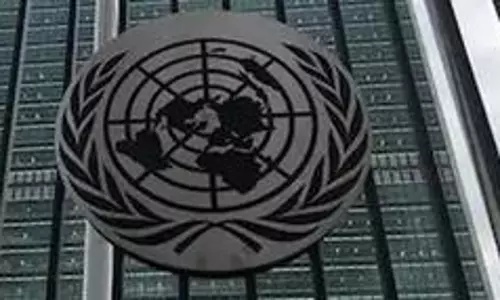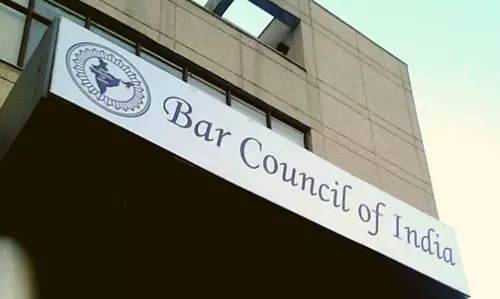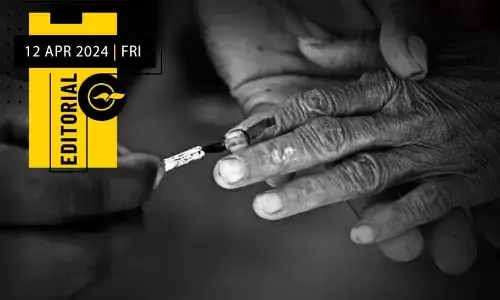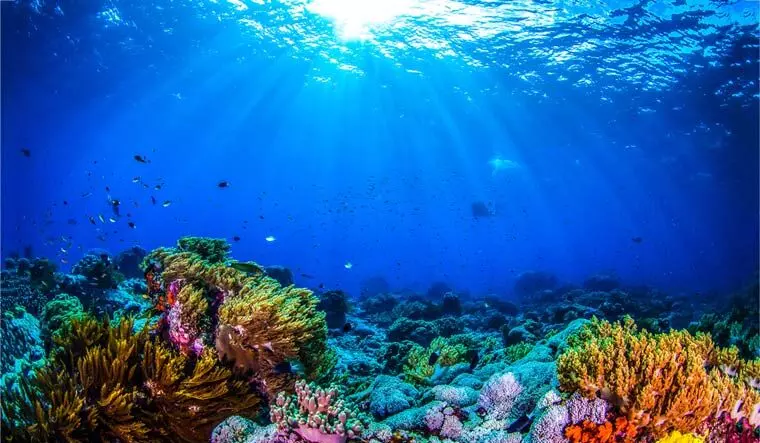
Bottom trawling releases as much carbon as air travel
text_fieldsScientists have found that bottom trawling practice can release as much carbon dioxide as the entire aviation industry does.
Bottom trawling is a destructive fishing activity that drags heavy nets across the seafloor, destroying the deep-sea corals and other marine life. This widespread practice can release one gigaton of carbon annually, says the study published in the journal Nature.
The report titled 'Protecting the global ocean for biodiversity, food and climate' is prepared by 26 scientists and economists across five continents and is the first study to show how trawling impacts climate globally.
At the moment, only 7 per cent of the ocean is under some protection. By working together to protect at least 30 per cent of the ocean by 2030 can bring about a significant change.
As the sediments get disturbed by trawling, the carbon trapped in them gets released into the water in the form of carbon dioxide, thereby increasing the acidity of the ocean and disturbing the carbon dioxide balance between the ocean and atmosphere.
The researchers developed an algorithm to identify regions where protection of the ocean would deliver the best benefits in terms of biodiversity protection, seafood production and climate mitigation. They then mapped these areas to create a practical blueprint which the governments can use from now onwards depending on their priorities.
Identifying and protecting those areas on the ocean floor with high carbon content and prohibiting trawling in such areas is one solution proposed by the researchers. Because these marine protected areas will then allow the fish stocks to replenish, leading to greater harvests for fishers in a few years.
According to the study, eliminating 90 per cent of the current risk of carbon disturbance from bottom trawling will require protecting only about 4 per cent of the ocean, mostly within national waters.
The top 10 countries with the most carbon emissions from bottom trawling are China, Russia, Italy, UK, Denmark, France, the Netherlands, Norway, Croatia and Spain.
"There is no single best solution to save marine life and obtain these other benefits. The solution depends on what society or a given country cares about, and our study provides a new way to integrate these preferences and find effective conservation strategies," said Dr Juan S Mayorga, co-author of the study and a marine data scientist.
























